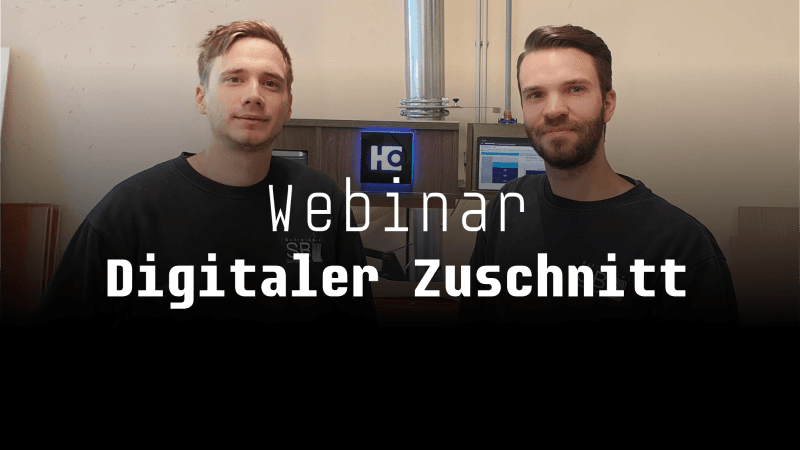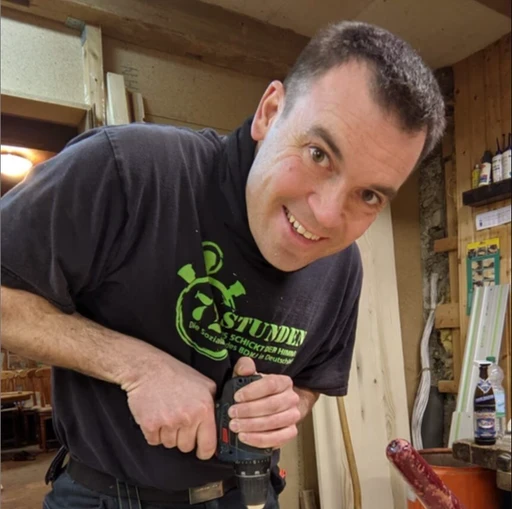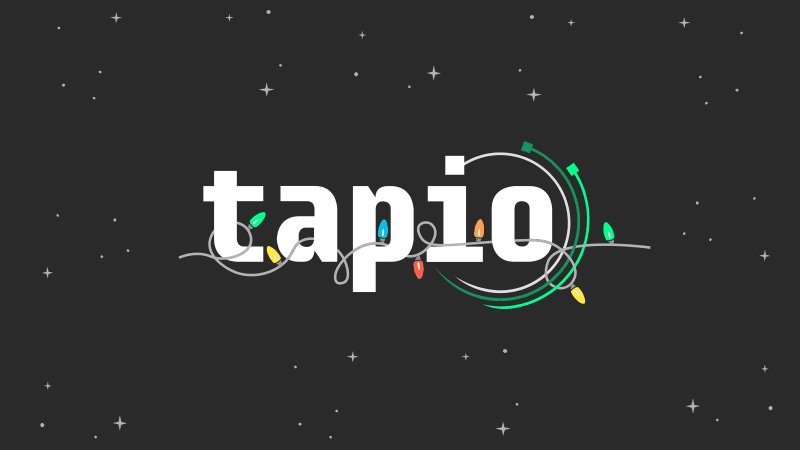Review of the Webinar Perspective Digital Workshop Part 2: Two Master Carpenters Share Insights on Digital Cutting Optimization
The diversity of the ecosystem is also presented in the tapio webinar series: On Thursday, May 28, 2020, the webinar took place with tapio partner HOMAG and the master carpenters and owners of the carpentry Schmidt + Bauer. The 45-minute webinar provided insights into the joinery and background information from HOMAG and tapio on the subject of digital cutting and cutting optimization. Thus, the webinar is connected to the digital workshop series, where we learned how process modeling works for the workshop. This time, we have chosen a specific process and look at the process step of cutting.
The ecosystem of tapio
At the beginning, product manager Jan Essig explains that machines, materials and tools from different manufacturers are used in the "colourful" workshop. In order for the workshop to be digitally just as colourful, the tapio ecosystem is required. Thus digital applications can be implemented with only one login. Jan Essig also reports how strongly the ecosystem is growing. Alongside HOMAG, 40 other business partners are active in the ecosystem.
Optimizing material left overs
Alexander Linder, who is responsible for software products at HOMAG, explains that with manual cutting optimization, the material yield and production displays are not always optimal on the circular or panel saw. What's more, there are often interruptions during the cutting process, with the result that people often start thinking again from the front about how best to cut the next piece. Similarly, the allocation of parts can also result in a further loss of valuable time in the process - and this applies to both small and large companies.
Cutting in three steps from HOMAG
The HOMAG solution divides the cutting process into three process steps:
Generate cutting plans: The first step involves importing information on the bill of materials derived from CAD planning or Excel. The "IntelliDivide" program optimizes the cutting in the cloud on basis of the parts lists. In addition to importing from other sources, data can also be entered manually into "IntelliDivide". Furthermore, different orders can be combined to make cutting even more efficient.
Select cutting plans in the workshop: In the next step, the cutting plans generated in "IntelliDivide" are available on the tablet installed in the workshop. This allows the workshop to select the relevant cutting plan on the tablet.
Cutting and labelling: Based on the selection of the cutting plan in step two, the panels can now be divided on the saw accordingly. If you now touch the part on the tablet that has just been cut, the printer promptly supplies the appropriate label. The component is provided with the label and is thus not only cut, but also contains further information, for example about the order, the edge, etc.
Browser-based products
Only the HOMAG Cube and a label printer are required to bring the data from the production planning stage to the workshop. All other applications work as web app in an internet browser.
View into the workshop
The two master carpenters Thomas Bauer and Manuel Schmidt have known each other since they were small. After finishing their master school, the entrepreneurs converted a barn and now manufacture individual pieces of furniture for their customers - and all this on a production area of about 500 square meters. The workshop did not provide enough space for a new panel-sizing saw, so the two had to look for another efficient solution.
In the process, they learned about the entry-level solution for digital cutting from HOMAG and now reported on practical experience and use on their old machine in the workshop.
From Excel to the circular saw
They can export the parts list from their CAD program as an Excel list. This is the basis for the cutting optimisation in "IntelliDivide". From there, the information from the CAD program is transferred to the cutting wizard with just a few clicks. This shows the carpenter at the saw the measures, of course, but also how the grain of the wood runs and how the cuts are best placed. If the joiner selects the appropriate element and cuts it, the label follows and is sticked to the component. The label now contains all information that is relevant for the following process steps.
Minimize waste
The two master carpenters use valuable materials, so that an intelligent cutting solution immediately unfolds an enormous potential, since process steps are carried out faster and more fluidly and material residues are minimized.
Conclusion
Master joiner Thomas Bauer, who is mostly involved in cutting, sums up "We have a continuous process. It's fun and motivates me!". Due to the easy installation, Manuel Schmidt sums up that plugging in and getting started after tapio registration made it easy and quick to start.
Let's get the digital workshop started!
If you are interested in how the processes in the workshop can be modelled, you can view and read the information from the webinar "Perspective digital workshop - Part 1" here.
Simply register your company at tapio!



















